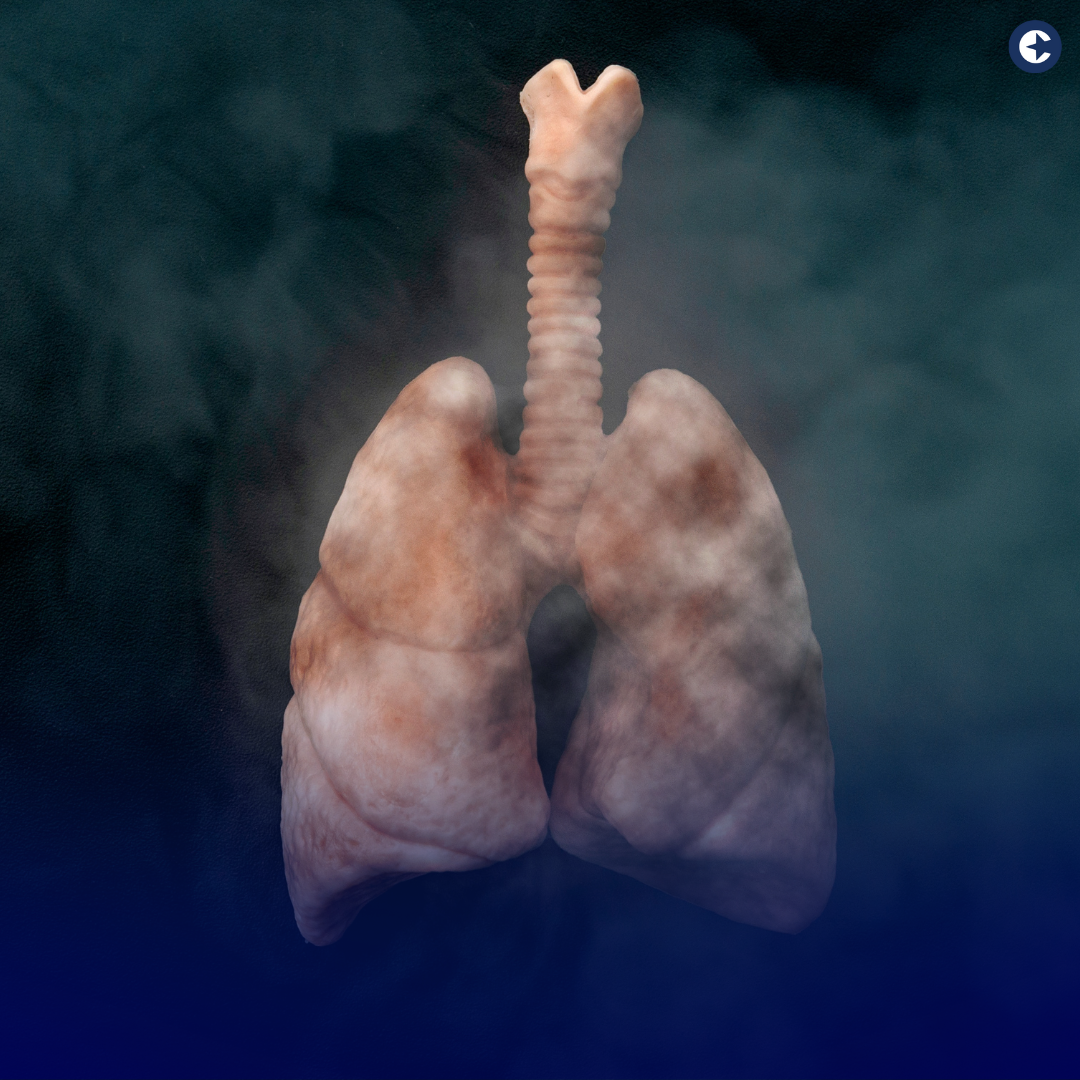The American Cancer Society (ACS) recently announced significant updates to its lung cancer screening guidelines, a change that has profound implications for millions of Americans and employers alike. The revised guidelines, which now include five million more Americans who smoke or used to smoke, bring the total number of eligible individuals for annual lung cancer screenings to an astounding 20 million. This blog post delves into the essence of these changes and what they mean for employers, unions, and the general population.

The Revised Guidelines: Broadening the Scope
The updated ACS guidelines have expanded the eligibility criteria for lung cancer screenings. The key changes include:
- Age and Smoking History: Now, individuals aged 50 to 80 with a 20 pack-year history of smoking (equivalent to one pack a day for 20 years, two packs a day for 10 years, etc.) are eligible. Previously, the age range was narrower (55 to 74), and screenings stopped 15 years after quitting smoking.
- Continuous Risk Assessment: The change acknowledges that the risk of lung cancer in individuals with a smoking history continues to increase with age, regardless of when they quit smoking.
Impact on Employers and Unions
For employers and unions, these changes are significant:
- Increased Screening Need: A larger percentage of their population now requires screening, which is vital for early detection and can dramatically improve survival rates.
- Cost Implications: Early detection through screening is not only life-saving but also cost-effective, as treatment for early-stage lung cancer is considerably less expensive than for advanced stages.
The Reality of Screening Adherence
Despite the increased eligibility, adherence to lung cancer screening remains low, with only about 6% of qualifying Americans getting screened. This gap highlights a critical need for increased awareness and accessibility of screening programs.
Addressing Barriers to Screening
Several factors contribute to the low screening rates:
- Lack of Awareness: Many people are unaware of their eligibility for lung cancer screening.
- Logistical and Stigma Barriers: Especially for current or former smokers, logistical challenges and stigma can hinder access to preventive care.
- Overburdened Healthcare Providers: Primary care providers, often the first point of contact, may not consistently address cancer screening needs due to various constraints.

Role of Employers in Promoting Early Detection
Employers, who provide healthcare benefits to a significant portion of the U.S. population, are uniquely positioned to influence lung cancer screening rates. Here are ways they can make a difference:
- Awareness and Education: Inform employees about lung cancer risks and screening eligibility based on the updated guidelines.
- Facilitating Access: Assist employees in getting referrals and scheduling low-dose CT scans (ldCT) with in-network providers.
- Insurance Navigation: Help employees navigate insurance coverage and any required prior authorizations.
- Coordinated Follow-Up Care: Ensure prompt follow-up care based on screening results.
- Data and Visibility: Provide data on lung cancer screening rates within the workforce, often for the first time.
Conclusion
The ACS’s updated lung cancer screening guidelines are a significant step in the fight against the leading cause of cancer death in the U.S. By broadening eligibility, these guidelines open the door for early detection and treatment, potentially saving thousands of lives. Employers and healthcare providers play a crucial role in this endeavor, and their proactive engagement in screening programs could be a game-changer in cancer prevention and care.



